Imagine strolling along the Garonne River as golden light glimmers off centuries-old stone façades. The air carries a whisper of roasted coffee, the tang of aged oak barrels, and the laughter of café patrons lingering over a glass of crimson wine. In that moment, you realize Bordeaux isn’t just a destination—it’s an experience that unfolds one sip, one street, and one story at a time.
This Bordeaux travel guide is your invitation to uncover every nuance of France’s wine capital—from monumental landmarks and vineyard adventures to the hidden corners locals keep secret. Whether you’re here for romance, relaxation, or pure curiosity, Bordeaux promises to enchant you long after you’ve left.
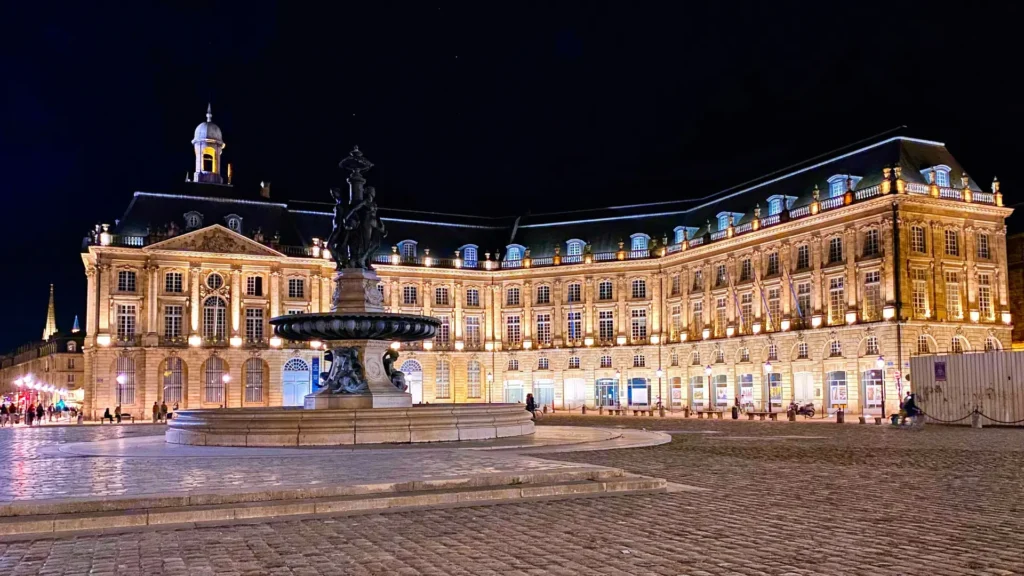
Table of Contents
Why Visit Bordeaux – The Allure of France’s Wine Capital
A Blend of Old-World Elegance and Modern Vitality
Bordeaux’s history dates back to Roman times, yet its spirit feels timeless. Declared a UNESCO World Heritage Site, the city boasts over 350 classified buildings and one of Europe’s most walkable historic centers. You’ll find stately boulevards lined with limestone mansions beside modern art installations and eco-friendly trams gliding quietly through cobbled streets.
Easy Access, Endless Possibilities
Located about 2 hours by TGV from Paris, Bordeaux is remarkably accessible yet pleasantly unhurried. Its proximity to the Atlantic coast, Dordogne, and Basque Country makes it a strategic base for broader explorations.
A Culture of the Senses
This is a city that speaks to all senses—art in the museums, music from street performers, the perfume of fresh pastries at dawn. Add the swirl of a full-bodied Merlot, and you’ll understand why more than six million visitors wander here each year.
Top Attractions in Bordeaux You Can’t Miss
1. Place de la Bourse and the Miroir d’Eau
Few sights define Bordeaux as perfectly as this 18-century architectural gem mirrored upon the world’s largest reflecting pool. At dusk, the stone arcades glow amber while the Miroir d’Eau ripples beneath your feet, producing photographs that need no filters.
Tip: Visit at twilight when city lights shimmer across the surface.
2. La Cité du Vin – The Wine Museum
You can’t understand Bordeaux without understanding wine, and La Cité du Vin brings that legacy alive. Through immersive exhibits, virtual tastings, and a panoramic rooftop bar, you’ll travel through global wine history—from ancient amphorae to futuristic fermenters.
Average entry: €22 Time needed: 2–3 hours.
3. Bordeaux Cathedral (Saint-André)
Built between the 12th and 15th centuries, this Gothic masterpiece resonates with soaring stone vaults and stained glass that filters light like fine wine. Climb the Pey Berland Tower for unmatched skyline views.
4. Garonne Riverfront
The city’s lifeline has been reimagined as a 4.5-km promenade ideal for walking, cycling, or boarding a sunset river cruise. Cafés, bookstalls, and buskers line the quays—perfect for an evening unwind.
5. CAPC Museum of Contemporary Art
Housed in a 19-century warehouse, CAPC bridges Bordeaux’s mercantile past with its creative future. Expect installations, avant-garde sculptures, and international exhibitions.
Quick Reference Table
| Attraction | Best Time to Visit | Entry Fee (EUR) | Recommended Duration |
|---|---|---|---|
| Place de la Bourse | Evening | Free | 1 hr |
| La Cité du Vin | Morning | 22 € | 2–3 hrs |
| Saint-André Cathedral | Anytime | Free | 1 hr |
| Garonne Riverfront | Sunset | Free | 1–2 hrs |
| CAPC Museum | Afternoon | 7 € | 1.5 hrs |
Bordeaux Wine Tours – Exploring the World’s Finest Vineyards
A Landscape Shaped by Wine
Beyond the city limits stretch rolling vineyards that have defined Bordeaux’s identity for nearly 2,000 years. Divided by the Garonne and Dordogne rivers, the region forms the Left Bank (Médoc, Graves) and Right Bank (Saint-Émilion, Pomerol), each offering distinct soil, grape, and personality.
Best Wine Tours for Beginners
If this is your first dive into Bordeaux’s viticulture, guided excursions simplify logistics and storytelling. You’ll ride through vine-lined roads, visit historic châteaux, and taste multiple appellations without worrying about navigation.
- Half-day tours: cover two vineyards near the city (around €80).
- Full-day tours: explore a single region in depth with lunch pairings (around €130).
- Private tastings: intimate sessions with winemakers (from €200 and up).
Must-Visit Vineyards and Estates
- Château Margaux (Médoc): one of the “Five First Growths,” celebrated for refined Cabernet Sauvignon.
- Château Pape Clément (Graves): among Bordeaux’s oldest estates—hand-harvested grapes, aromatic whites, and polished reds.
- Château Smith Haut Lafitte (Pessac-Léognan): a pioneer of sustainable winemaking and an attached spa resort for post-tasting relaxation.
Wine Tour Snapshot
| Vineyard | Region | Specialty | Average Tour Price (EUR) | Best Season |
|---|---|---|---|---|
| Château Margaux | Médoc | Cabernet Sauvignon | 120 € | May–Oct |
| Château Pape Clément | Graves | Red & White Blends | 90 € | Apr–Sep |
| Château Smith Haut Lafitte | Pessac-Léognan | Sustainable Wines | 100 € | May–Oct |
Hidden Gems – Beyond the Tourist Trail
1. Darwin Eco-System
An abandoned military base reborn as an eco-village. Here, murals explode across walls, skateboarders carve ramps beside organic cafés, and locals champion sustainability through art and commerce. Bring your camera and curiosity.
2. Marché des Capucins
Known as the “belly of Bordeaux,” this bustling market is where you mingle with residents over morning oysters and espresso. Try a dozen from Arcachon Bay paired with chilled white wine—it’s local ritual, not indulgence.
3. Jardin Public
Just north of downtown, this 18-century park offers serenity after sightseeing. You can picnic by the pond, visit the small natural-history museum, or simply watch joggers glide under chestnut trees.
4. Bassins des Lumières
A WWII submarine base transformed into Europe’s largest digital art center. Imagine projections of Monet or Van Gogh rippling across raw concrete walls reflected in dark water—it’s otherworldly.
Bordeaux Cuisine – A Feast for the Senses
If Bordeaux were a flavor, it would be rich, layered, and unforgettable. Here, every meal feels like an event—whether you’re tasting rustic dishes in a cozy bistro or indulging in haute cuisine under vaulted ceilings. Food isn’t just sustenance in Bordeaux; it’s storytelling on a plate.
Must-Try Local Dishes
- Canelés: Golden-brown pastries with caramelized shells and soft custard centers—perfect with coffee or sweet wine.
- Entrecôte à la Bordelaise: A thick-cut steak bathed in red wine, shallots, and bone marrow sauce.
- Duck Confit: Slow-cooked duck leg, crisp on the outside, tender within.
- Oysters from Arcachon Bay: Fresh, briny, and best paired with a local Sauvignon Blanc.
- Macarons de Saint-Émilion: Soft almond cookies from the medieval wine village nearby.
Where to Eat in Bordeaux
From Michelin-starred restaurants to bustling food markets, the city spoils you for choice.
Top Dining Spots
| Restaurant | Type | Average Price (EUR) | Must-Try Dish |
|---|---|---|---|
| Le Chapon Fin | Fine Dining | €70–€120 | Entrecôte à la Bordelaise |
| La Tupina | Traditional Gascon | €40–€60 | Duck Confit |
| Marché des Capucins | Local Market | €10–€20 | Oysters & Pastries |
| Garopapilles | Wine Bar & Bistro | €80 | Tasting Menu |
| L’Entrecôte | Classic French | €25 | Steak-Frites |
Pro Tip:
Book dinners early, especially weekends. Locals dine late—most restaurants fill up around 8:30 PM.
Practical Travel Tips for Bordeaux Visitors
Getting There
- By Air: Fly into Bordeaux–Mérignac Airport (BOD), about 30 minutes from downtown.
- By Train: The TGV from Paris Montparnasse takes around 2 hours, landing you near the heart of the city.
- By Road: Well-connected via A10 and A62 motorways—ideal for those planning day trips.
Getting Around
- Public Transport: Trams, buses, and bike-sharing stations blanket the city. The TBM network is efficient and affordable.
- CityPass: Covers unlimited transport and free entry to museums and La Cité du Vin discounts.
- Walking: The old town is compact—flat streets and scenic boulevards make strolling easy.
Best Time to Visit
- Spring (April–June): Blossoming vineyards and mild temperatures.
- Autumn (September–October): Harvest season—grape picking, festivals, and golden landscapes.
- Summer (July–August): Vibrant but crowded; early bookings essential.
Average Prices (USD)
| Expense | Budget | Mid-Range | Luxury |
|---|---|---|---|
| Hotel (per night) | $70 | $130 | $250+ |
| Meal | $15 | $40 | $90 |
| Wine Tour | $80 | $120 | $200 |
| Public Transport Day Pass | $6 | $6 | $6 |
Budget Tip: Grab picnic supplies from Marché des Capucins and enjoy riverside dining for under $10.
Suggested 3-Day Bordeaux Itinerary
You could easily spend weeks exploring Bordeaux, but even in three days, you can experience the essence of the city—its culture, cuisine, and countryside.
Day 1 – Classic Bordeaux Charm
- Begin your morning at Place de la Bourse and Miroir d’Eau for breathtaking reflections.
- Visit La Cité du Vin late morning; enjoy tastings with a city view.
- Lunch at Le Chapon Fin for a refined French meal.
- Afternoon: stroll the Garonne Riverfront or shop at Rue Sainte-Catherine, one of Europe’s longest pedestrian streets.
- End the day with sunset drinks at Darwin Eco-System—a creative, alternative side of Bordeaux.
Day 2 – Wine Country Adventures
- Join a Médoc or Saint-Émilion wine tour. Visit two or three châteaux, enjoy tastings, and learn how terroir shapes every bottle.
- Lunch among the vines—many estates offer gourmet pairings.
- Return to the city for dinner at La Tupina, where rustic Gascon flavors steal the show.
- Optional: Take an evening cruise on the Garonne River for glittering city views.
Day 3 – Art, Nature, and Relaxation
- Start at Bassins des Lumières, a digital art wonder that merges light, sound, and history.
- Visit Jardin Public for a peaceful walk or picnic.
- Explore CAPC Museum of Contemporary Art in the afternoon.
- End your day at a local wine bar—Garopapilles or Wine More Time—to toast your Bordeaux journey.
Conclusion:
By now, you can almost taste the Bordeaux lifestyle—the velvet swirl of wine, the warmth of limestone buildings at sunset, the hum of street cafés spilling laughter into cobblestone lanes. But the true magic begins when you’re there in person, tracing your own path through its timeless charm.
From grand squares to hidden alleyways, from vineyards stretching to the horizon to markets alive with color and scent, every moment in Bordeaux tells a story of balance—between past and present, tradition and innovation, elegance and ease.
FAQ : about Bordeaux Travel
What is Bordeaux famous for?
Bordeaux is globally renowned for its wine, historic architecture, and culinary excellence. It’s one of the oldest and most respected wine regions in the world.
How many days should I spend in Bordeaux?
You’ll need at least 3–4 days to experience the highlights: one for the city, one for wine country, and another for hidden gems.
Is Bordeaux expensive to visit?
It’s surprisingly affordable compared to Paris. With smart planning—budget hotels, market meals, and group wine tours—you can enjoy Bordeaux travel without overspending.
What’s the best time for Bordeaux travel?
The sweet spot lies between May and October, when vineyards thrive, festivals abound, and the weather is ideal for exploration.
Can I visit vineyards without a car?
Yes. Many guided wine tours include round-trip transport. Alternatively, regional trains reach nearby wine towns like Saint-Émilion in under 40 minutes.
Is English widely spoken?
Yes, especially in hotels, restaurants, and wine estates. Still, learning a few French phrases—like Bonjour or Merci beaucoup—goes a long way with locals.


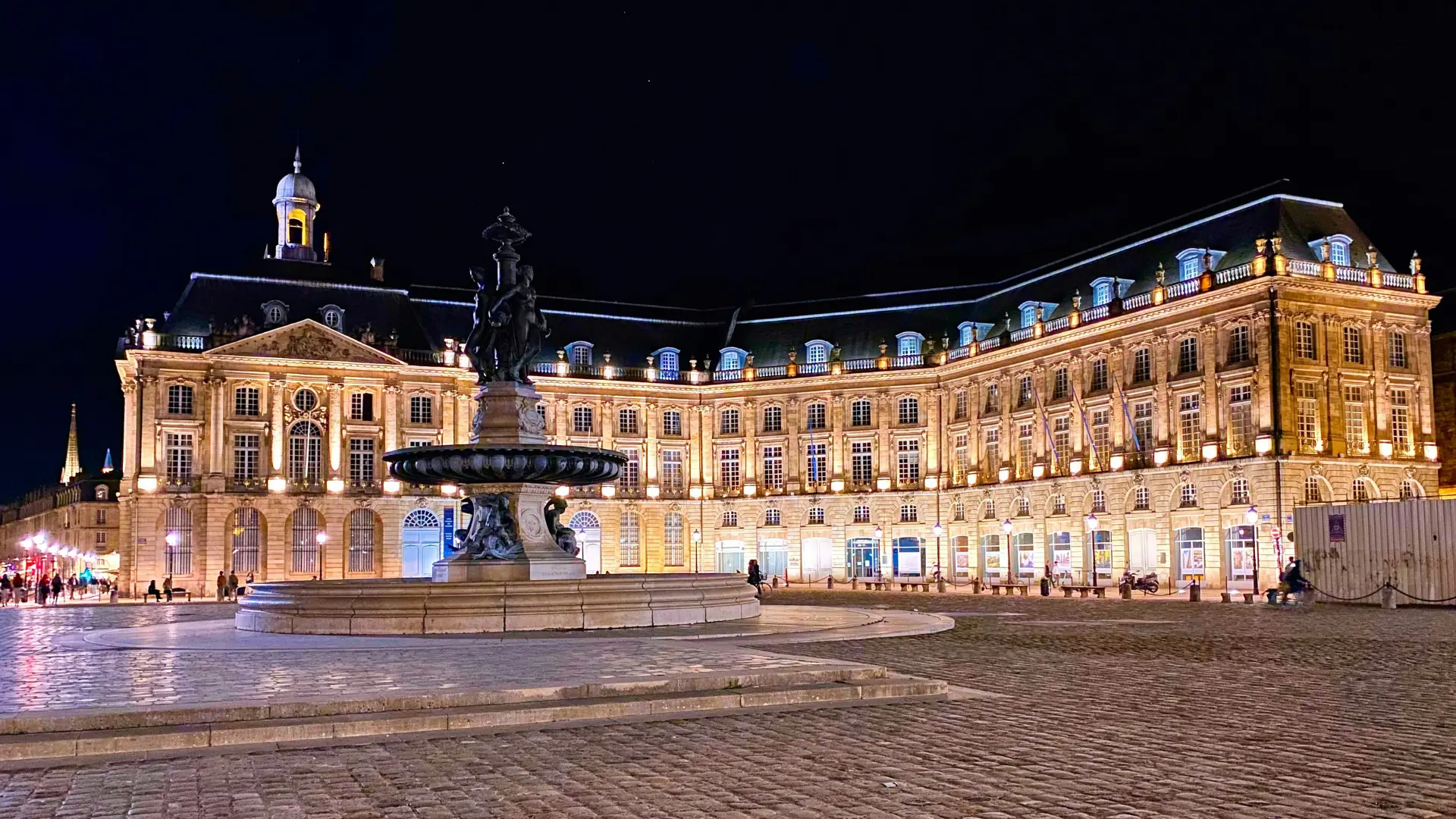
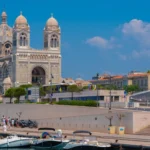
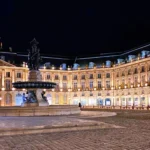
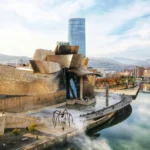
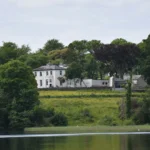

Leave a Reply